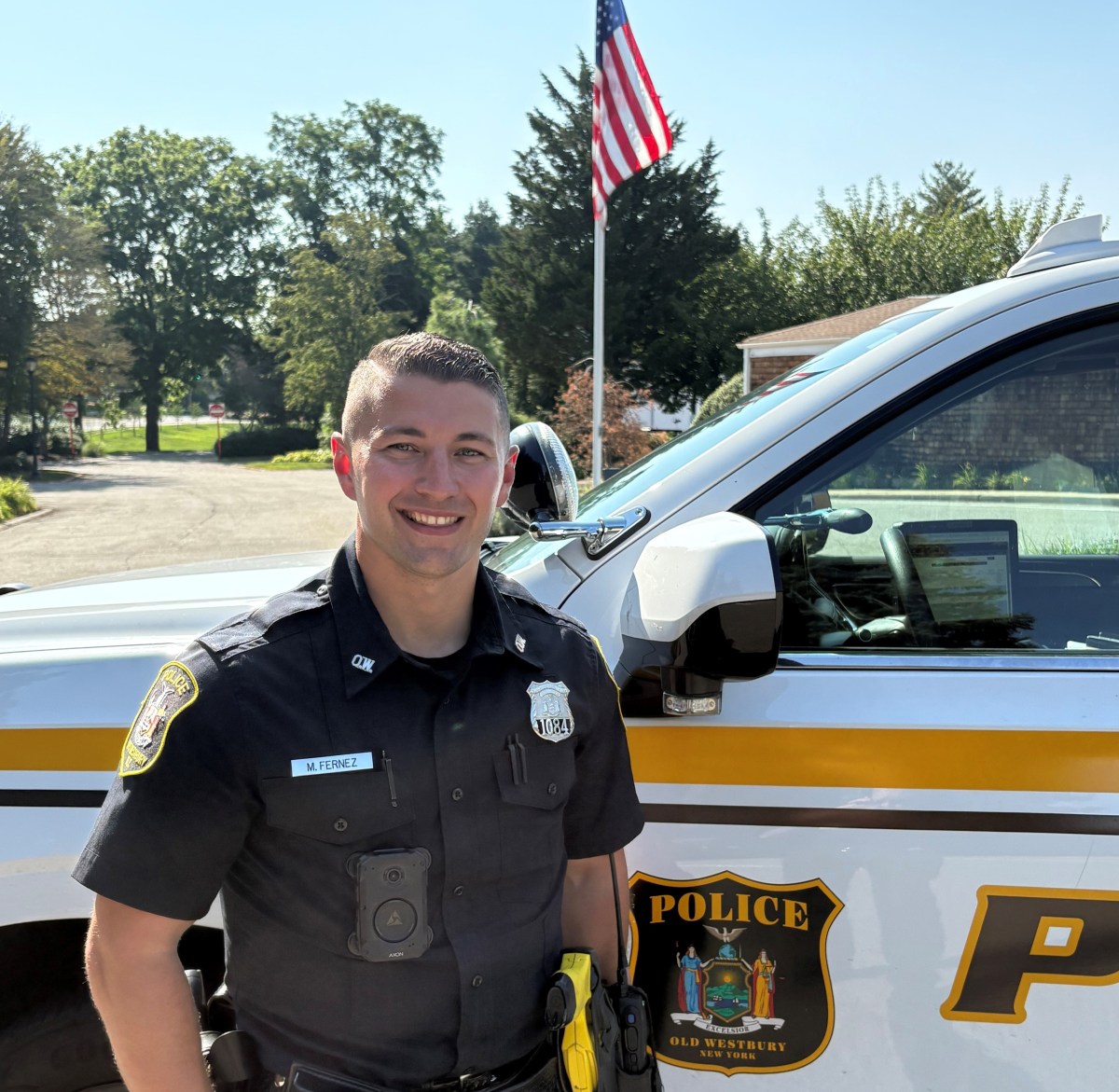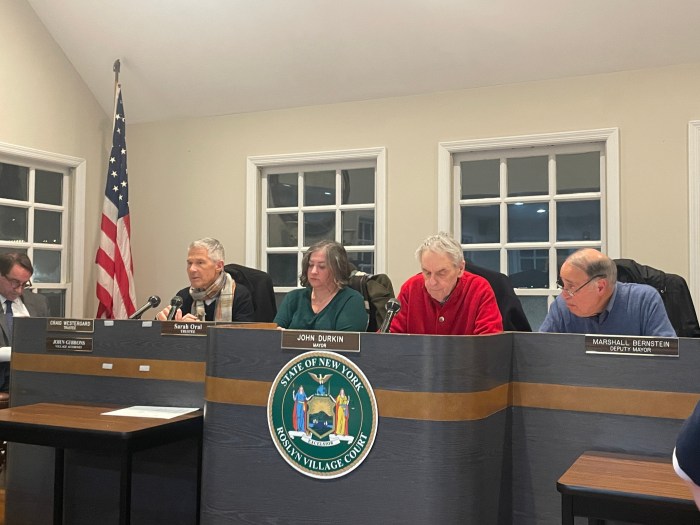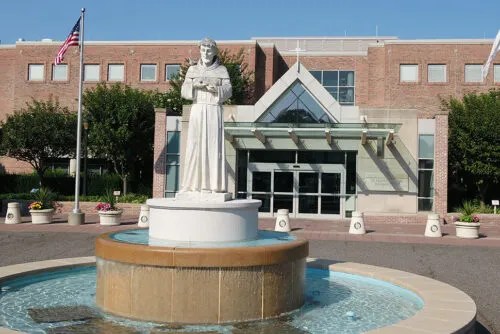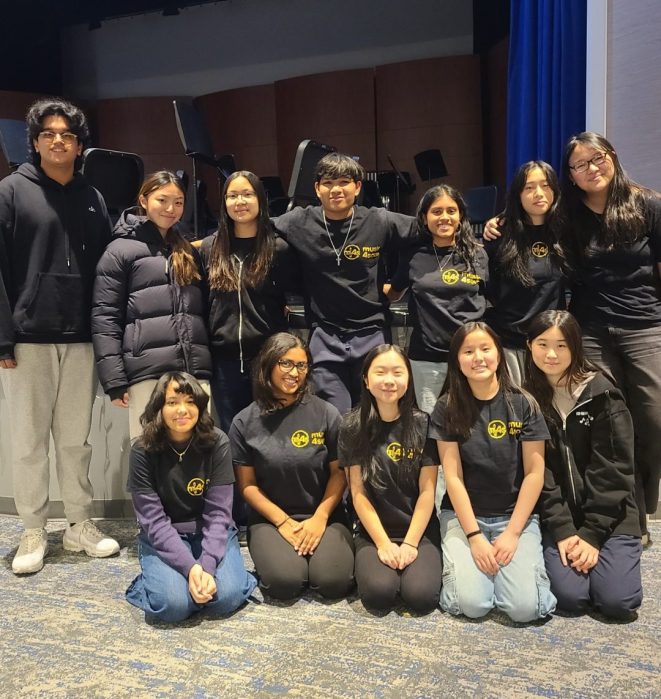The Old Westbury Police Department is testing the use of artificial intelligence-enhanced body cameras that can translate foreign languages, transcribe public interactions, answer policy questions and assist in making police reports.
An early version of the AI-equipped body cameras, referred to as “Draft 1,” has been seeing field testing for the last two weeks on one of the department’s officers, Matthew Fernez, with Police Chief Stuart Cameron describing the new technology as a potential new tool for the department to increase efficiency and allow officers to devote more time to serving the community.
“There is a lot of new law enforcement technology coming online,” said Cameron. “It’s an exciting time to be in law enforcement because a lot of it allows you to do your job so much better.”
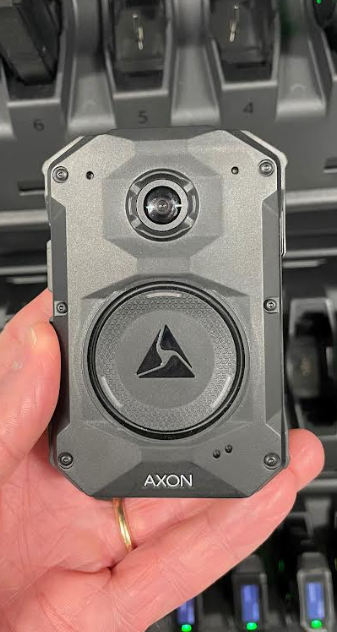
The AI software is attached to the existing body cameras and comes from the technology company Axon Enterprise, which focuses on developing new tools for enhancing public safety and security. Two more AI-enhanced body cameras are set to come to the police department to be given to more officers for further testing.
Currently, the draft 1 design in use mainly has the translation feature, with 50 foreign languages in its arsenal. In situations where officers are trying to talk to someone who only speaks another language, they would have to call a translation service over the phone used by the department and get an operator to translate the conversation.
With the enhanced body camera, the officer presses a button on the side of the device, and the AI voice asks for the language to translate, or if the officer is unsure of what language, use its auto-detect feature.
From there, the conversation can be carried out between the officer and the person via the AI, a feature that can be life-saving in high-stakes situations where both parties need to understand each other quickly, according to Cameron.
“We have a lot of tourists on Long Island, so you could have someone from anywhere in the world who speaks any kind of language,” said Cameron. “It’s hard for the officers to identify what the language is, [and] that’s a huge advantage when the body camera itself can also detect the language and immediately implement the translation.”
Aside from translation, the model creates transcripts of the officer’s interactions and can be used to assist in making police reports. Using the aforementioned transcript, the AI offers to make a narrative of the situation, the portion of the police report summarizing the scene the officer responded to. Cameron clarified that, despite how accurate the draft is, the officer would still edit it and add details the AI missed to ensure full accuracy.
Another feature to come to the device is the ability to answer policy questions.
A PDF of the department’s policy manual has been uploaded to the device’s cloud. In the future, an officer can ask the AI any policy question, and the AI will also cite the specific section of the manual’s 800 pages where it got the answer.
If the program’s testing phase concludes with the AI-enhanced body cameras passing the cost-benefit ratio, the police department would use grant money to sign up for a five-year service with Axon, with the technology being used by the department’s entire staff 28.
During this period, new features would be rolled out with Cameron clarifying that if a new feature for the body camera were to be introduced to the department that Old Westbury residents are not comfortable with, it would not be implemented.




